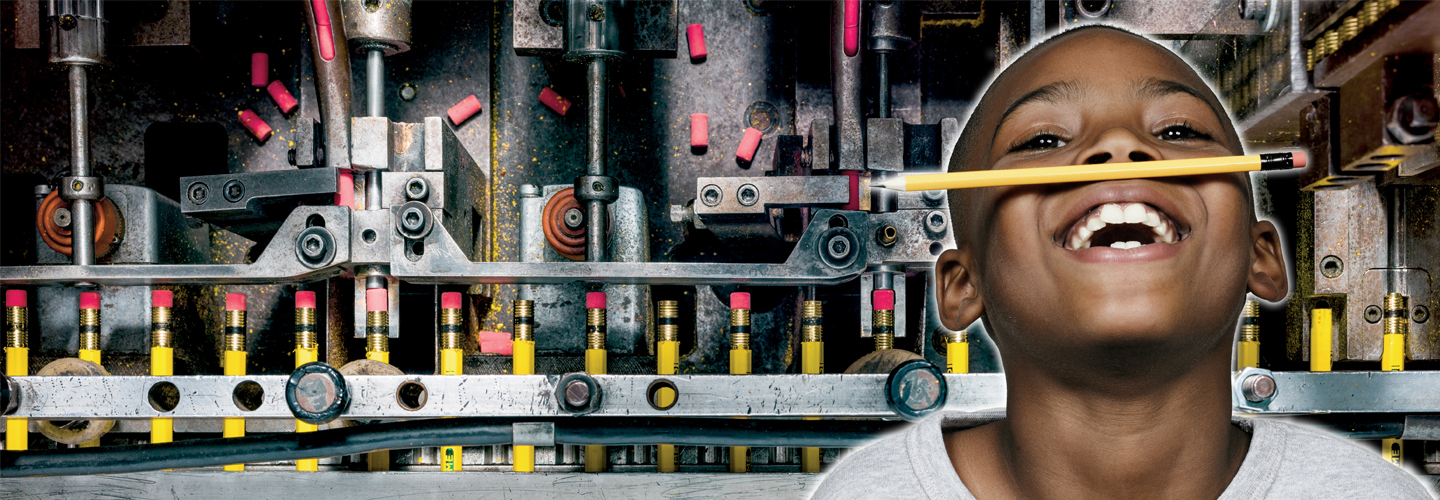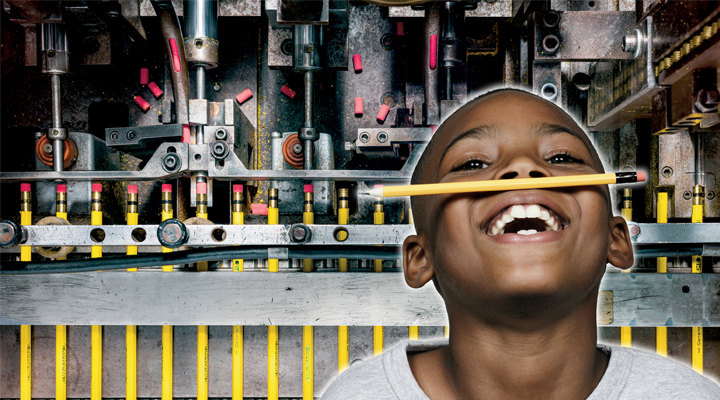Since my first day of kindergarten (almost 20 years ago!), I’ve been writing with a pencil. But I had never thought about how they are made. (Have you?) That changed when I visited one of America’s last pencil factories, in Jersey City, New Jersey.
General Pencil Company was founded in 1889. It’s been making pencils for more than 100 years. General Pencil is the oldest pencil company in America. It’s also one of the last standing. Nearly all U.S. pencil companies have either gone out of business or they have closed their factories in the U.S.
The sights, smells, and sounds of the factory make it an exciting place to be. When I visited, machines were cranking out about 3,000 pencils an hour! “We love making pencils,” says Katie Weissenborn Vanoncini, president of General Pencil.
My first day of kindergarten was almost 20 years ago. Since then, I've been writing with a pencil. But I had never thought about how they are made. (Have you?) That changed when I visited one of America's last pencil factories. It's in Jersey City, New Jersey.
General Pencil Company was founded in 1889. It's been making pencils for more than 100 years. General Pencil is the oldest pencil company in America. It's also one of the last standing. Nearly all U.S. pencil companies have either gone out of business. Or they have closed their U.S. factories.
The sights, smells, and sounds of the factory make it exciting. When I visited, machines were cranking out about 3,000 pencils an hour! "We love making pencils," says Katie Weissenborn Vanoncini, president of General Pencil.


